November

Agricultural Workers’ Day
Today, the agricultural sector of the Azerbaijani economy is experiencing stable and dynamic development. The agricultural sector plays an important role in ensuring food security of the population. It is also the largest employment sector of the population. About 1.5 million people in the country ensure their livelihood and financial support by working in the agricultural sector. This means that this remarkable day is also a professional holiday for about 1.5 million people in Azerbaijan. The agrarian reforms carried out in the country not only ensure the dynamic development of this sphere, but also solve the employment problem.
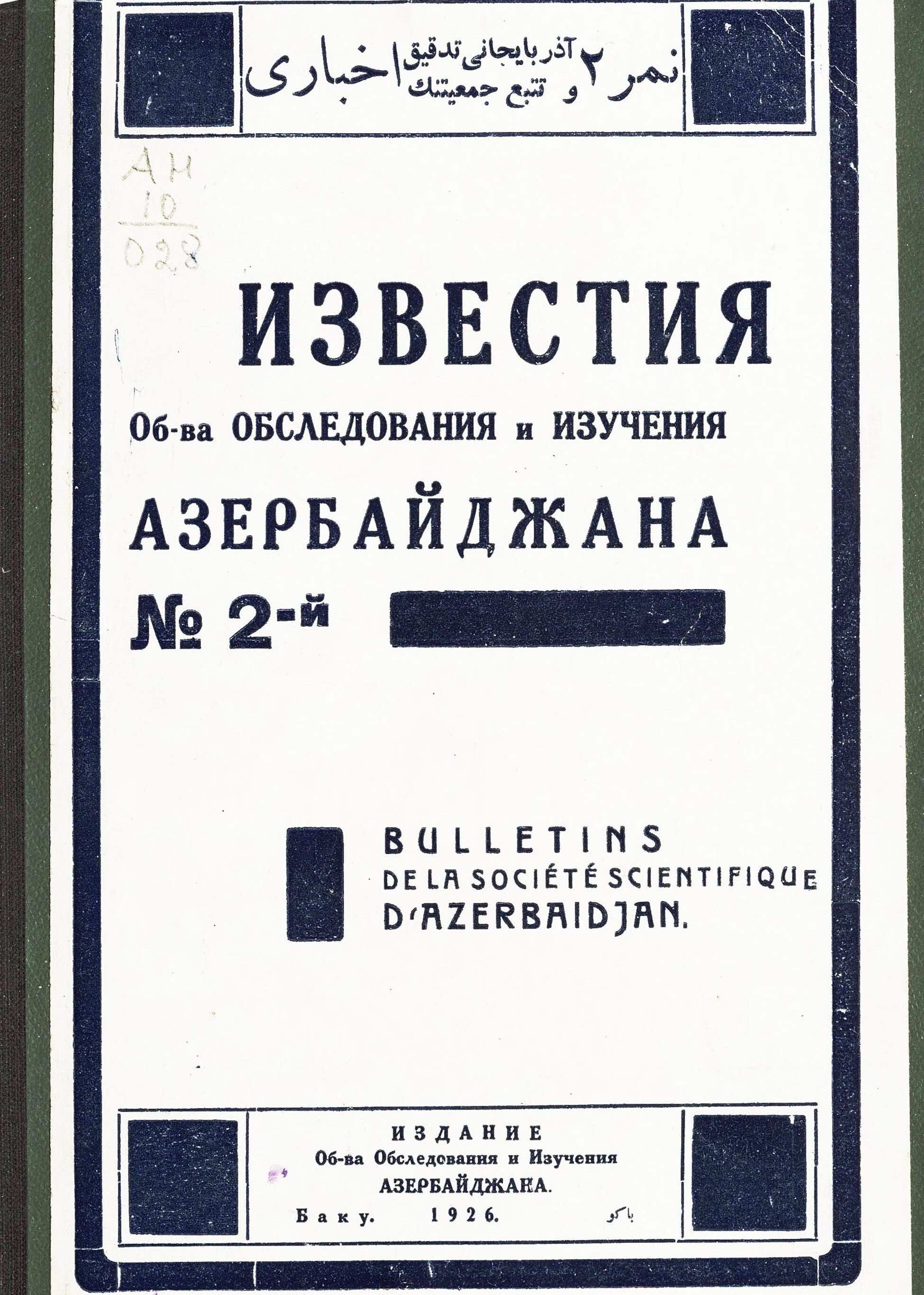
Society of investigation and study of Azerbaijan
At the beginning of the 20th century, Baku was one of the largest industrial centres of Russia, but at the same time was among the cities lagging behind in the development of public education and culture. Unlike Russian centres, the national colonial policy pursued in Baku had a negative impact on the development of public education and culture. In the early 20th century, the development of Baku’s oil industry required a large number of educated specialists. However, there was no institution where they could get proper education. The policy of statehood pursued by absolutism constantly violated the rights of minorities.
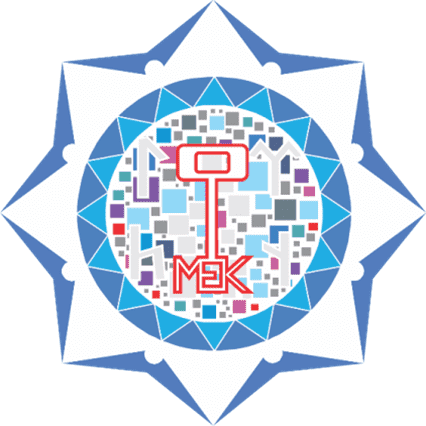
ANAS Central Scientific Library
The establishment of the scientific library service system began in the 20s of the last century. In view of the establishment of higher education institutions, research institutes and scientific societies in the republic in those years, there was a great need for opening scientific libraries. In November 1923, the ANAS Central Library of Science began as the office of bibliography of the Azerbaijan Society of Research and Investigation. The Society played a great role in the study of Azerbaijani history, archaeology, ethnography, geography, the Azerbaijani language and literature and cultural history in general.
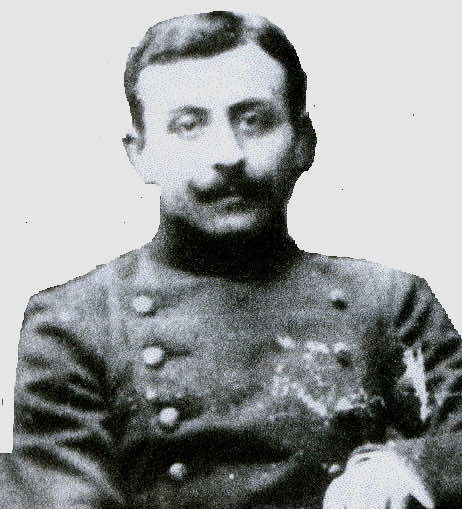
Social and political figure Rustam khan Khoyski
The Khoyski family is a descendant of the Dunbuli tribe, founders of the Khoy Khanate, who left their mark on the history of Azerbaijan. Dunbulis took part in the army of the Safavid Empire, and Shah Ismayil formed a branch of the Safavid Qizilbash army from warriors of the brave Dunbuli tribe. Jafargulu khan Dunbuli, Rustam khan Khoyski’s grandfather, was also known by the nickname "Batmanqılınc" (heavy sword). Due to the conflict with Fatali Shah Qajar, Jafargulu Khan moved to North Azerbaijan with his relatives and about 20,000 troops, and in 1807 he was appointed Sheki khan by the Russian Tsar. He was conferred the rank of lieutenant general.

Day of Azerbaijan Television and Radio
Despite the hegemony of such huge systems as the Internet and satellite communication networks in the global information space of the world, radio and television broadcasting retains its leading position in providing the most effective information to billions of people living in different corners of our planet regardless of their age, religion, ethnicity and profession. Our television and radio play an important role in recognising the independent Republic of Azerbaijan throughout the world, in disseminating the realities of Azerbaijan, and in promoting the achievements of our independent state in building a democratic society.
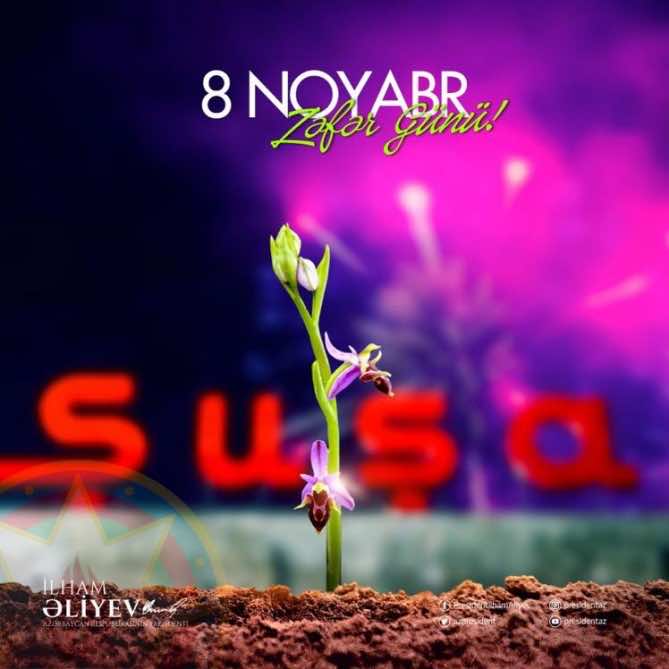
Victory Day
8 November 2020 is inscribed in the history of Azerbaijan as Victory Day in golden letters. Led by President and Commander-in-Chief of the Republic of Azerbaijan Ilham Aliyev, the glorious victory of Azerbaijani army in the 44-day Patriotic War has finally put the lid on the long-lasting conflict. The historical victory achieved by the Azerbaijani Army is of special significance from the point of view of the interests of the state and the people. Liberation of our lands, which had been under occupation for many years, first of all restored the confidence of the Azerbaijani people in their power, strengthened the people’s trust in their leader and their loyalty to Heydar Aliyev’s ideas.
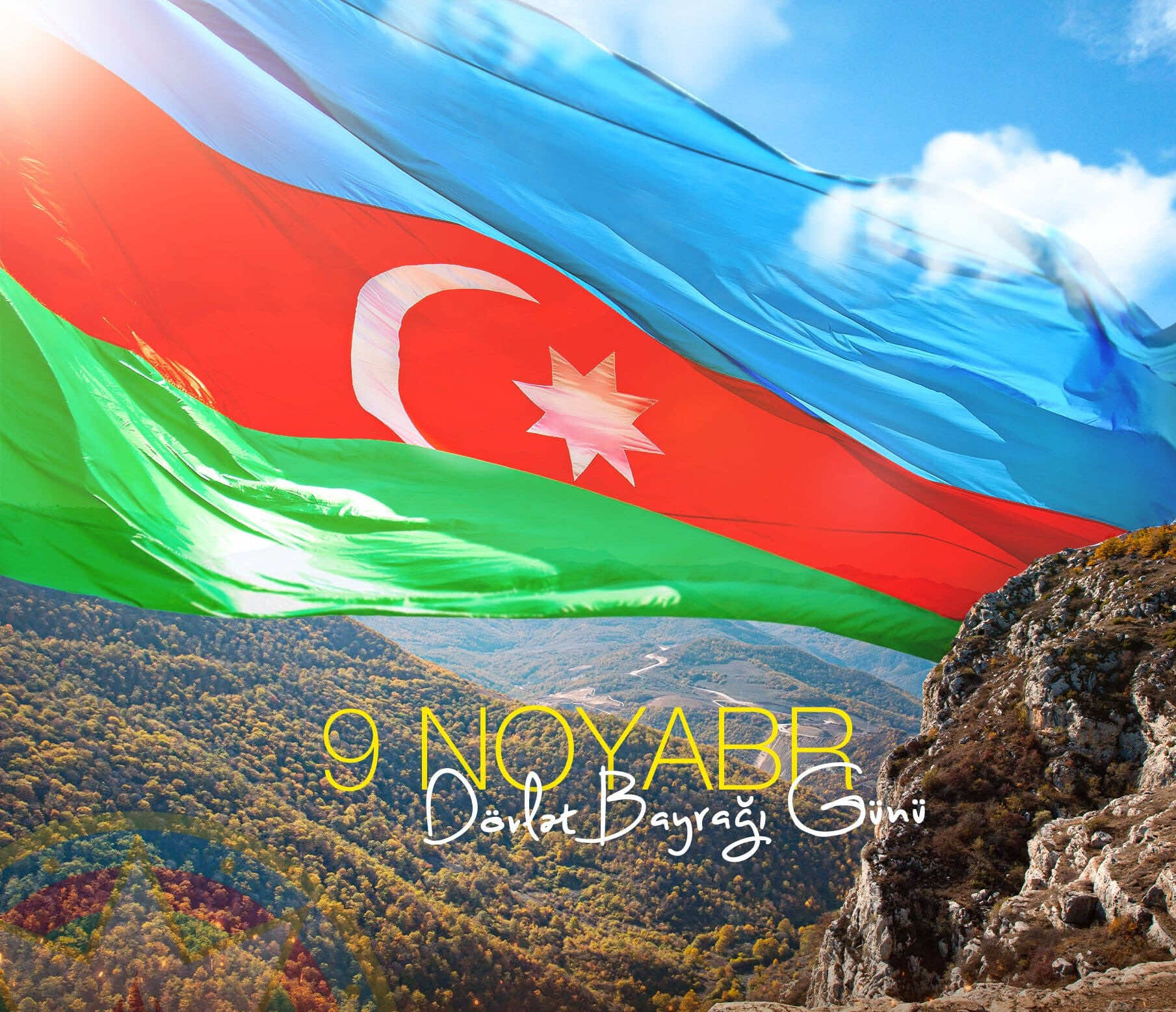
Day of the National Flag of the Republic of Azerbaijan
A national flag is a signature, honour and pride of every country that represents and symbolizes a given nation in the world community. The nation that has founded its state on a certain territory, strengthened it, preserved it, managed to protect and develop its national and moral values is able to hoist its flag. History has proved that not every nation has such a chance. The flag of the Azerbaijan Democratic Republic, which proclaimed its independence in the early twentieth century, is a symbol of our independence and statehood. The three-color national flag of Azerbaijan was accepted by the government of the Democratic Republic of Azerbaijan on November 9, 1918.
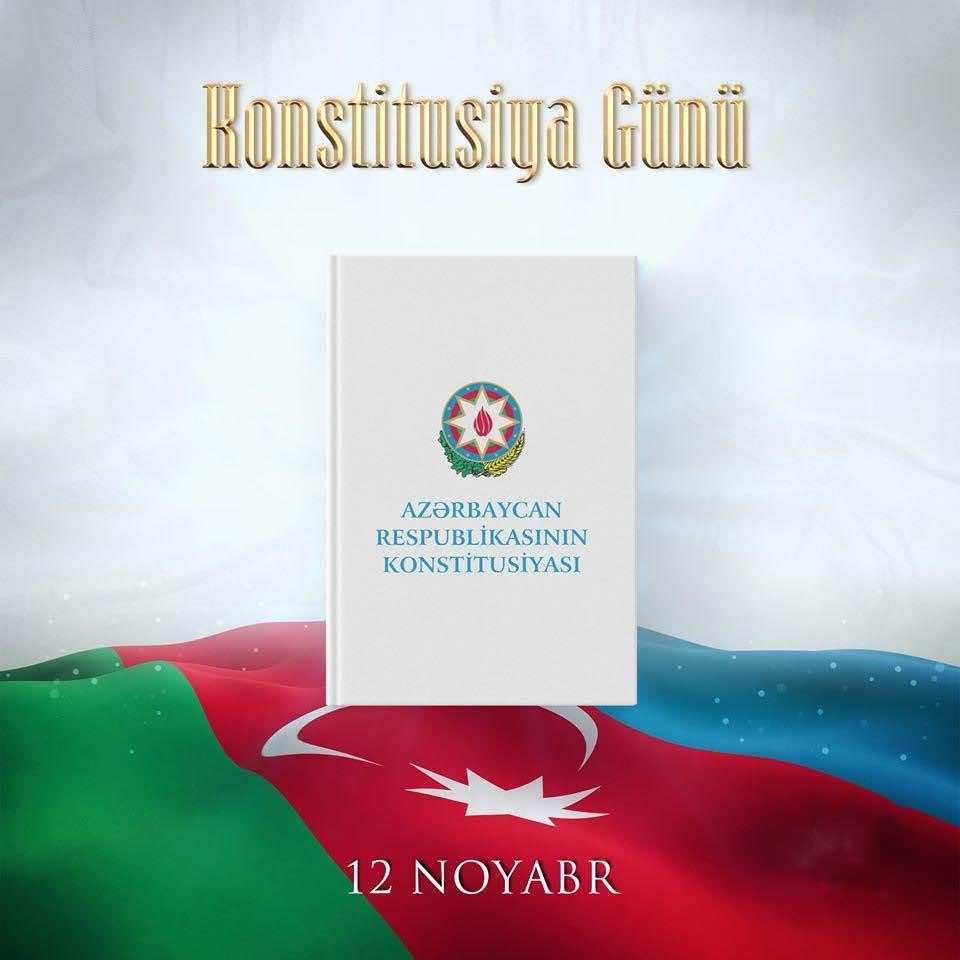
Constitution Day
November 12 – Constitution Day. After Azerbaijan got its independence appeared necessary to work out a new Constitution. A commission headed by Heydar Aliyev was established with this purpose. The project of the Constitution was presented to the referendum. The first Constitution of independent Azerbaijan was adopted with the referendum on the 12th of November, 1995. The Constitution of the Republic of Azerbaijan adopted in 1995 was the first Constitution of independent Azerbaijan and the fifth overall in the history of our country. The Azerbaijan Democratic Republic existed for 23 months during 1918-1920 did not have the main Law of the state.
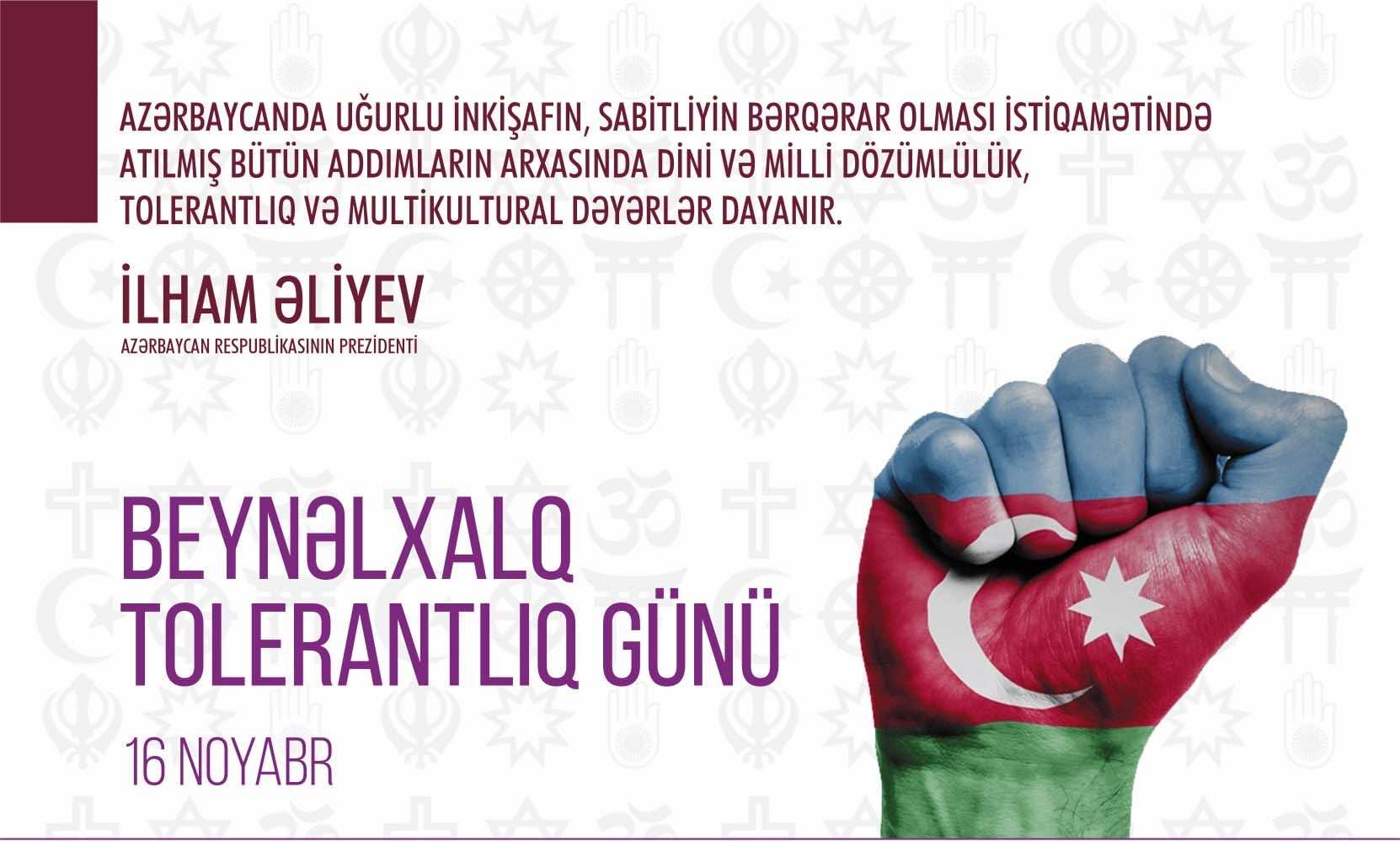
International Day for Tolerance
November 16 is the International Day for Tolerance. The Latin word "tolerancia" means tolerance. However, there are different variations regarding the nature and explanation of tolerance. The adoption of the Universal Declaration of Human Rights in 1948 formed the legal foundation for endorsing ideas about tolerance. That declaration states that "recognition of the inherent dignity and of the equal and inalienable rights of all members of the human family is the foundation of freedom, justice and peace in the world"; "disregard and contempt for human rights have resulted in barbarous acts which have outraged the conscience of mankind".
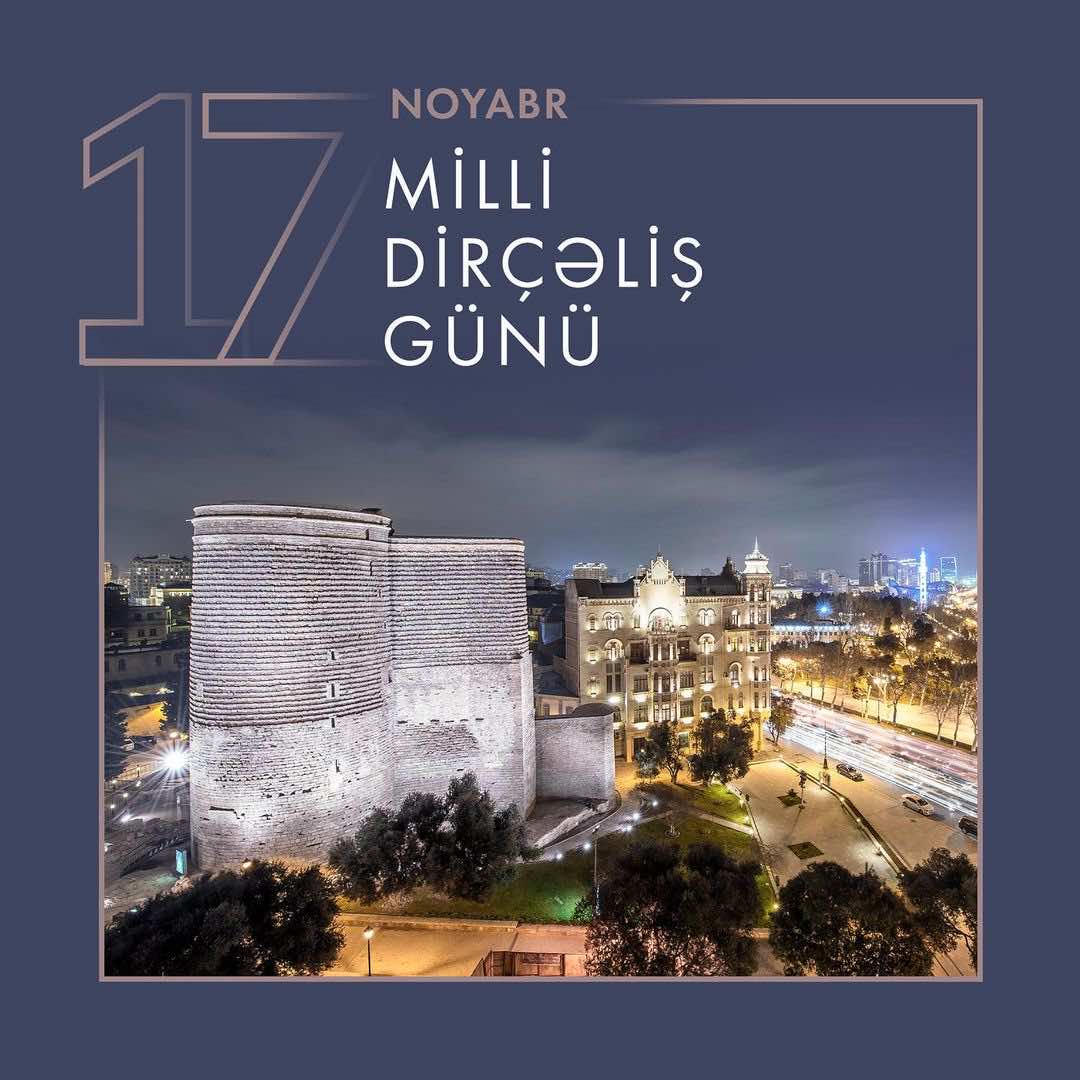
National Revival Day
November 17 - National Revival Day, one of the main stages of the freedom struggle of our people, played a historical role in the restoration of Azerbaijan's independence. At the end of the last century, the economic, political, moral and ideological foundations of the Soviet Union, which covered one-sixth of the world, were shaken, and the discriminatory policy of the political "think tank" of the empire against the people, especially the Azerbaijani people, was aggravated. With the support of M. Gorbachov's government, Armenians started to make unjust territorial claims against Azerbaijanis in Nagorno-Karabakh.
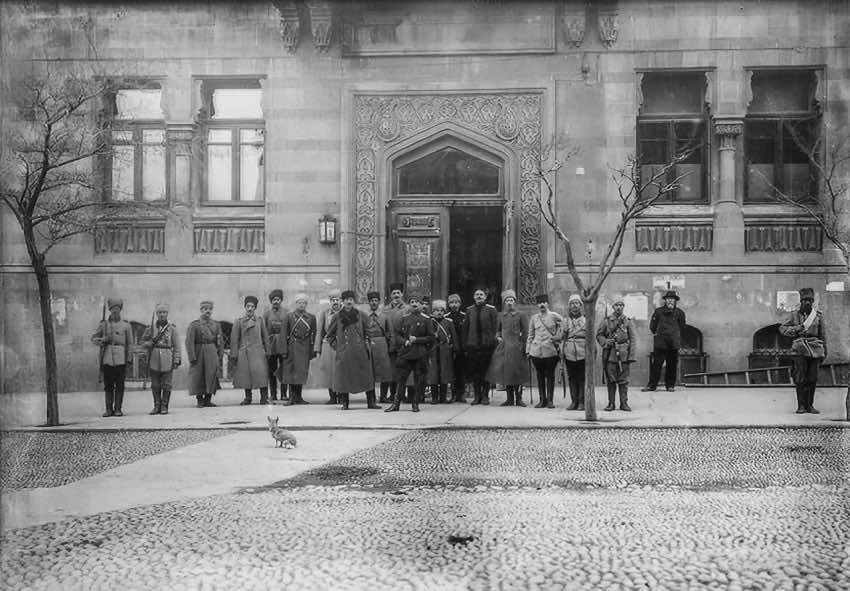
Adoption of the law on the establishment of the Parliament of the Azerbaijan Democratic Republic
The Azerbaijan Democratic Republic and its Parliament came to the scene in a very difficult and complicated historical period. The special governing committee for the Transcaucasia made of the elected members of the Transcaucasian State Duma was formed after the February 1917 revolution in Russia. The Transcaucasian Commissariat was established in November. Those Transcaucasian delegates who had been elected to the Russian Constituent Assembly but could not join its proceedings after the Bolshevik coup of October were gathered in Tiflis on 14 February 1918. There, they founded the Transcaucasian Sejm as the supreme power in the Transcaucasia.
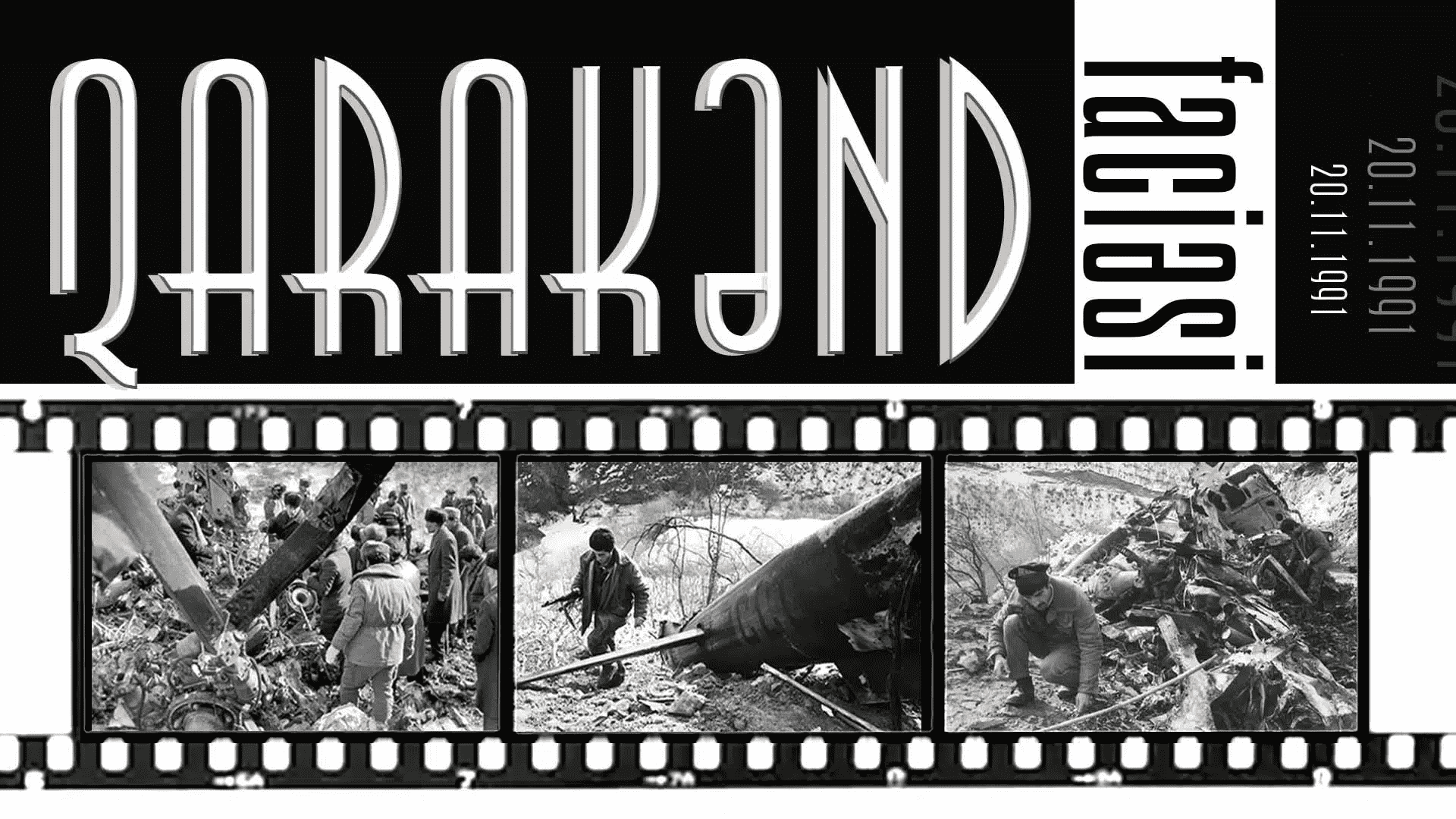
Garakend tragedy
At present, the most dangerous manifestation of modernity is terrorism; it knows no borders and threatens all society. In different periods of history, the Azerbaijani people have experienced bitter consequences of terrorist acts and genocides. To this day, the actions committed by Armenia against the Azerbaijani people, who have been subjected to ethnic terror, contradict human morality, national law and international law. Armenians have been hostile towards us throughout history and have committed numerous terrorist acts. The Garakand tragedy is one of such bloody historical events.
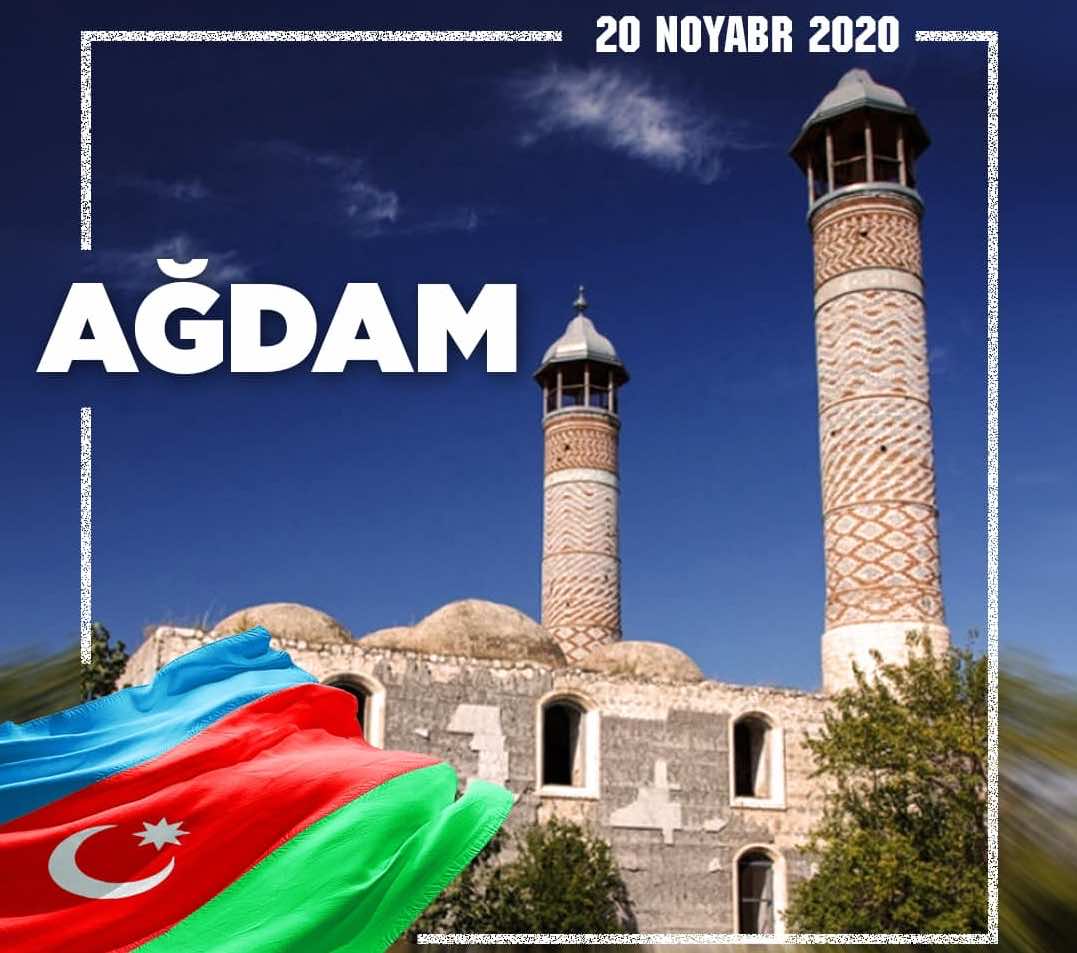
Aghdam City Day
The administrative district of Aghdam was originally formed on August 8, 1930. It is located in the center of Karabakh, which is the ancient and fascinating land of Azerbaijan, in the northeastern foothills of the Karabakh mountain range, in the west of the Kura-Araz plain. The relief of the district is predominantly flat and partly mountainous. The territory of Aghdam district with 65 settlements is 1150 square kilometres. Archaeological research conducted in the 1950s proved the existence of ancient human settlements in Aghdam. This territory was rich in ancient historical, cultural and architectural monuments.
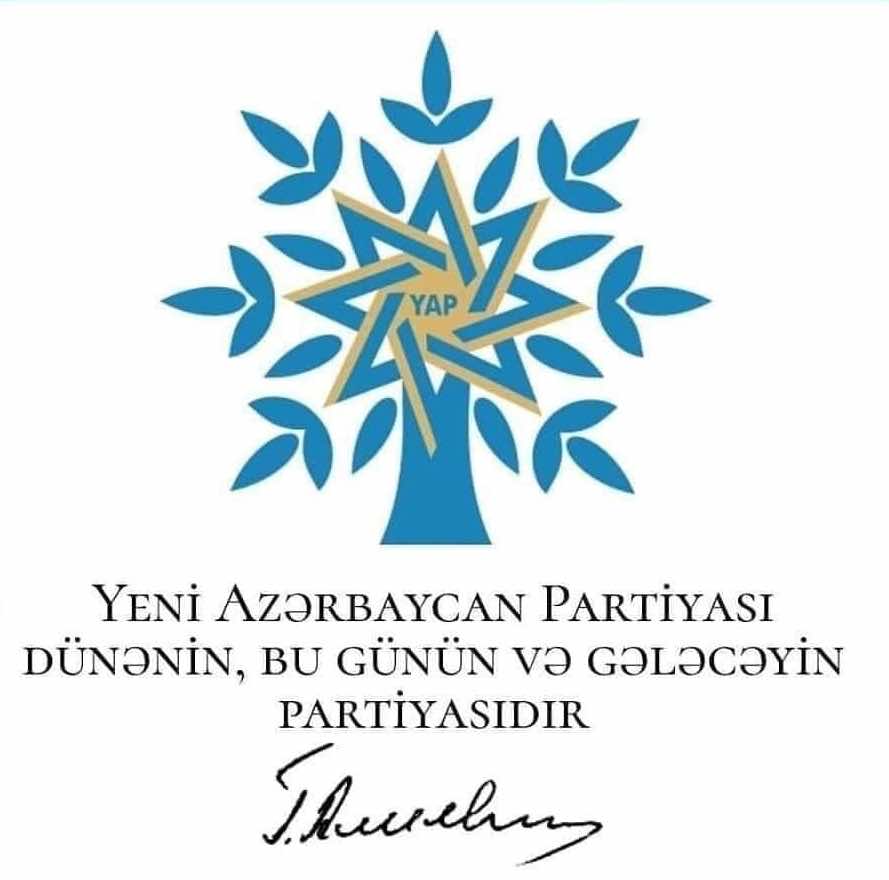
Foundation of “Yeni Azerbaijan Party”
The “Yeni Azerbaijan Party” (New Azerbaijan Party) was established at the initiative and with active participation of Azerbaijani intellectuals during the period of hardship of the Azerbaijan history, when the country was undergoing serious ordeal. Foundation of this party was the result of events that had taken place in Azerbaijan since 1988 and logical conclusion of the existing social-political conditions. The establishment of the “Yeni Azerbaijan Party” coincided with the period of the hard economic, political and the spiritual crisis, when the ruling political forces replacing one another even worsened the existing situation in the country, bringing it to the dangerous crisis.
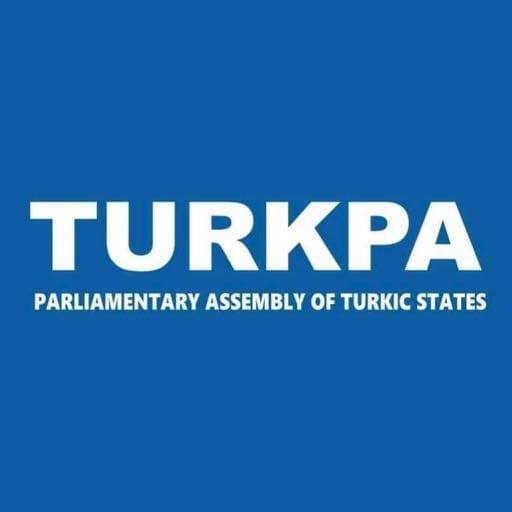
Establishment of the Parliamentary Assembly of Turkic States
The Parliamentary Assembly of Turkic-speaking Countries was established by the Agreement signed by the Heads of Parliaments of Azerbaijan, Kazakhstan, Kyrgyzstan and Türkiye on November 21, 2008, at the Dolmabahche Palace in Istanbul. TURKPA renamed as Parliamentary Assembly of Turkic States in 2022, is an important institution that plays a crucial role in furthering the cooperation between independent Turkic states.On September 29, 2009, the First Plenary Session of the Parliamentary Assembly of Turkic States was held in Baku, the capital of the Republic of Azerbaijan. Rules of Procedure of TURKPA, Regulations of the Secretariat and the Baku Declaration were adopted at the Plenary Session.
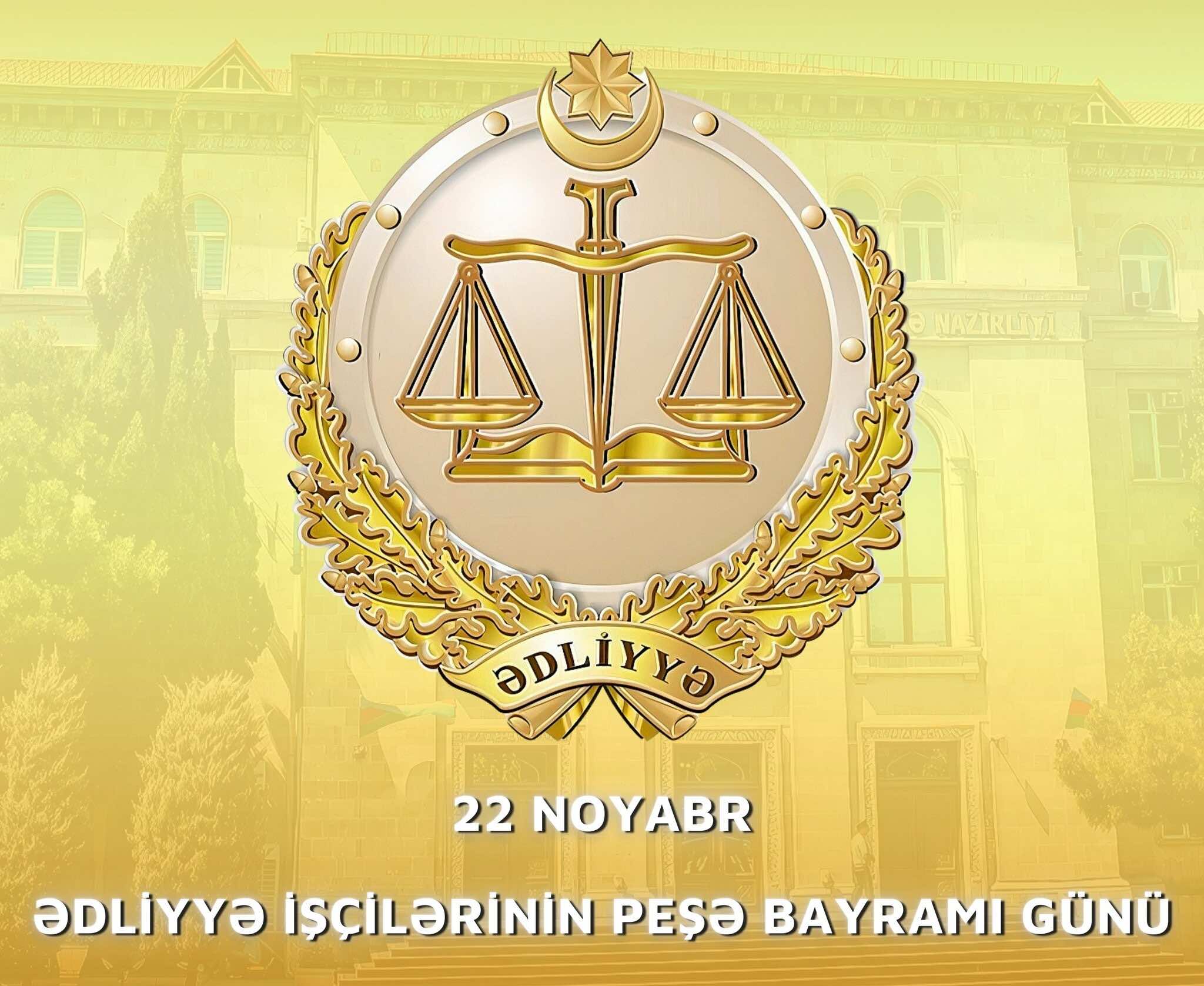
Professional holiday of justice employees
The Regulation on the Ministry of Justice of the Azerbaijan Democratic Republic (ADR) was approved on 22 November 1918. Upon the order of the President of Azerbaijan, Heydar Aliyev, dated 11 November 2000 22 November is noted as the Day of Professional Holiday of the workers of justice. The justice system is the leading force of any State, especially a democratic and legal society. The system of justice bodies of the Republic of Azerbaijan has ancient traditions of statehood, rich history reflecting the struggle for independence of our people and the glorious past of our country.

Kalbajar City Day
The district of Kalbajar was granted an administrative district status of the Republic of Azerbaijan on August 8, 1930. It is situated in the central part of the Minor Caucasus. It borders with the Republic of Armenia in the west, Dashkasan, Goygol, Tartar districts in the north-east, Aghdam, Khojali in the east, Lachin district in the south. Its territory is 3054 km2. There was one district centre, one urban-type settlement, and 145 villages. About 20 villages of the Aghdara district were included in Kalbajar administrative division. The etymology of the word “Kalbajar” was taken from the Turkic origin that means “fortress on the river” (the initial form was “Kevlicher”).
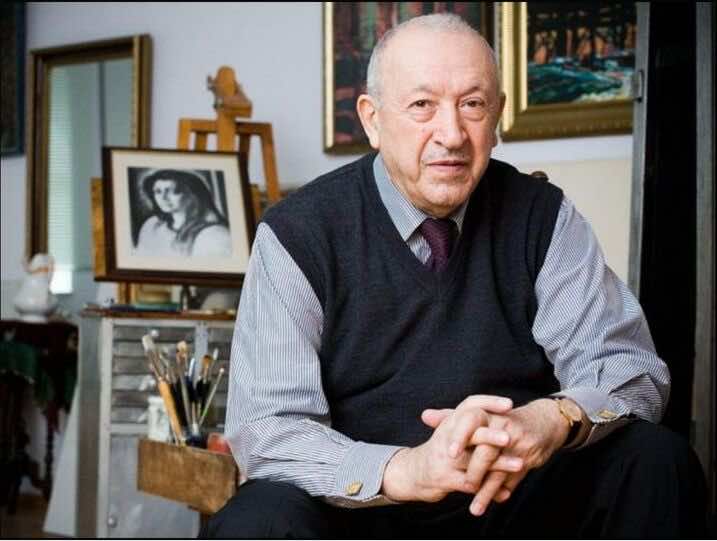
People's Artist Tahir Salahov
Tahir Salahov was born on November 29, 1928, in Baku. In 1950, he graduated from the Baku Art School named after Azim Azimzadeh. Later, he continued his education at the Leningrad Higher School of Art and Industry. In the years 1951-1957, he studied at the Moscow State Art Institute named after V. I. Surikov. T. Salahov wrote his first paintings "Wave" (Dalğa) and "Pier" (Estakada) in 1955 and with these works participated in all-union, foreign and republican exhibitions. In 1957, he graduated from the Moscow State Art Institute named after V. I. Surikov majoring in painting.
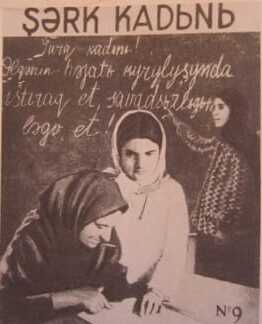
Founding of “Woman of the East” magazine
The idea of creating the women’s press arose in the early days of the Sovietization of Azerbaijan. The issues of increasing of women’s social activity in the country, struggling against religious superstitions, eliminating of illiteracy, involving of women in agricultural and industrial development were among the most important ones facing the Women’s Department of the Central Committee of the ACP(b). In July 1923, Aliheydar Garayev, secretary of the Central Committee of the ACP(b), Habib Jabiyev, editor of the newspaper “Kommunist”, and Ayna Sultanova, an employee of the Women’s Department of the Central Committee of the ACP(b), put forward the idea of creating the women’s magazine.

International Computer Security Day
In 1988, the Association for Computing Machinery of the USA announced November 30 as the International Computer Security Day. The purpose of establishing this day was to remind everyone of the importance of protecting computer information, as well as to focus the attention of hardware and software users and manufacturers on security issues. On November 30, 1988, a mass epidemic of the "Morris worm" virus was recorded. That’s when the computer experts thought about the need for a comprehensive approach to ensuring information security.
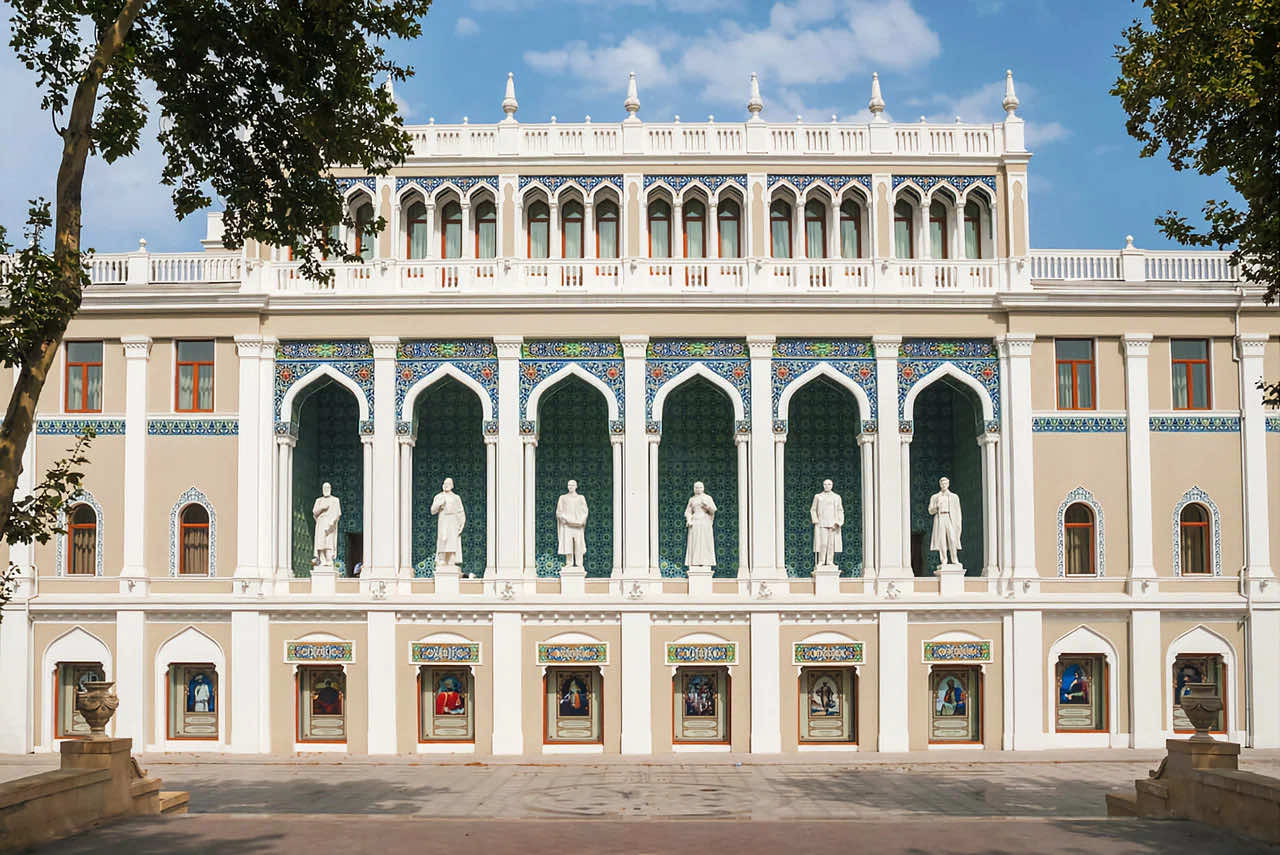
Establishment of the National Museum of Azerbaijan Literature named after Nizami Ganjavi
The National Museum of Azerbaijan Literature named after Nizami Ganjavi is one of the important scientific and cultural centers of our country. The museum collects, researches, and preserves examples of Azerbaijani literature and culture, preserves them in scientific funds, and displays them in exhibitions and expositions. The history of the museum building dates back to the mid-19th century. A second floor was added to the one-story caravanserai, built in 1850 near the fortress walls surrounding the ancient Inner City, according to the design of the chief architect of the Baku province, Gasim Bey Hajibababekov.

Professional holiday of Baku Metro workers
In the 20-30s of the 20th century, the rapid development of the oil industry in Baku, and the construction and commissioning of new industrial facilities, led to a sharp increase in the influx of population into the city. This caused serious problems in the field of transport in the capital of Azerbaijan. The introduction of the tram in Baku in 1924, the commuter electric train in 1926, the bus in 1932, and the trolleybus in 1941 significantly eliminated difficulties in the field of passenger transportation. The idea of building a metro in Baku was proposed in the 30s of the 20th century and was included in the master plan for the reconstruction of the city of Baku.
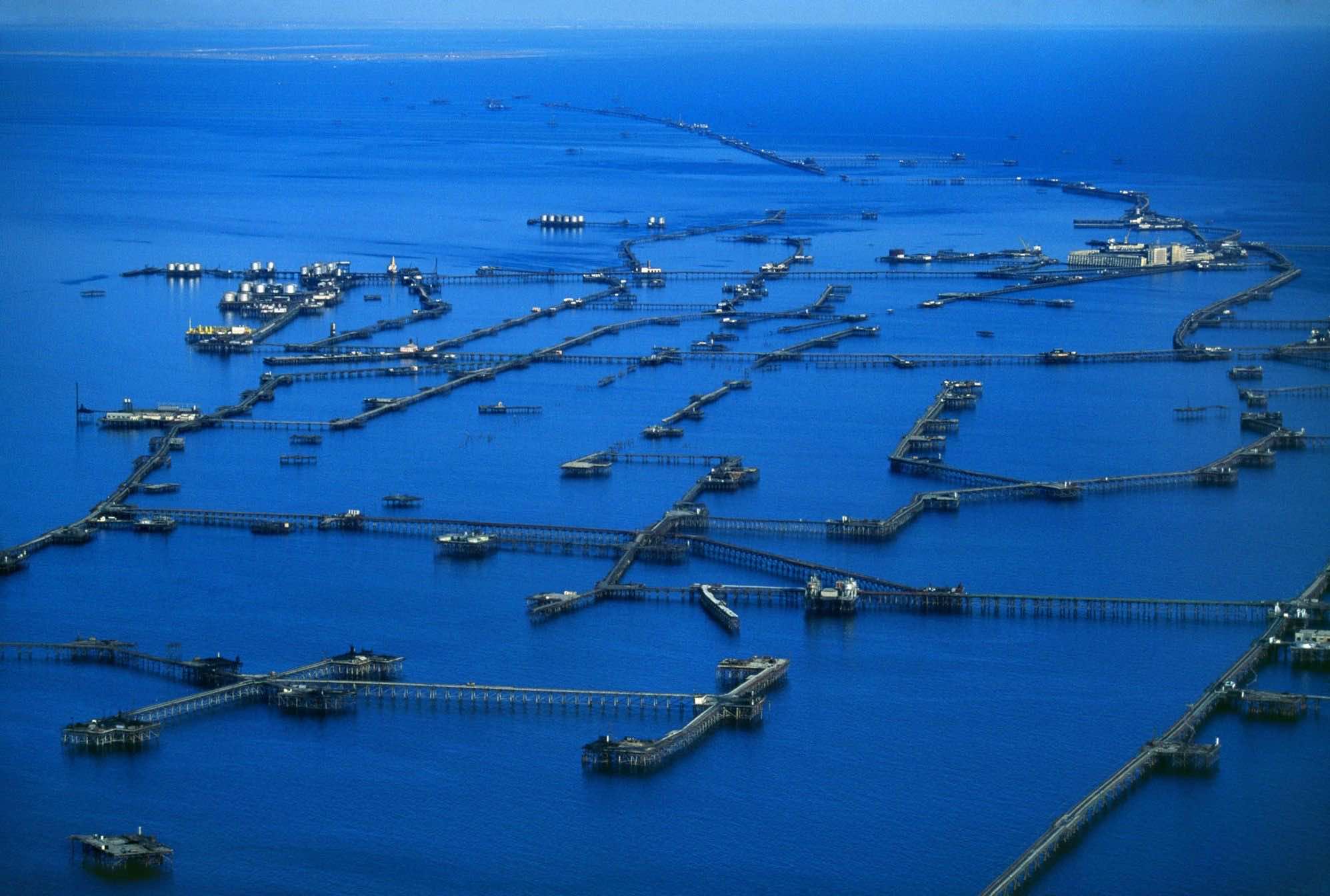
The world's first offshore oil production (Oil Rocks)
Oil Rocks are located 110 km east of Baku and 50 km southeast of Pirallahi Island, in the Azerbaijani sector of the Caspian Sea. Often referred to as the “eighth wonder of the world,” Oil Rocks is now a modern settlement built on stilts. The earliest references to the presence of oil in the Caspian Sea date back to the 18th century. Research continued throughout the 19th century and into the first half of the 20th century. During sessions of the Azerbaijan branch of the former USSR Academy of Sciences in 1943-1944, reports were presented on the existence of a large oil field on Pirallahi Island and oil occurrences on Chilov Island and at Black Rocks.
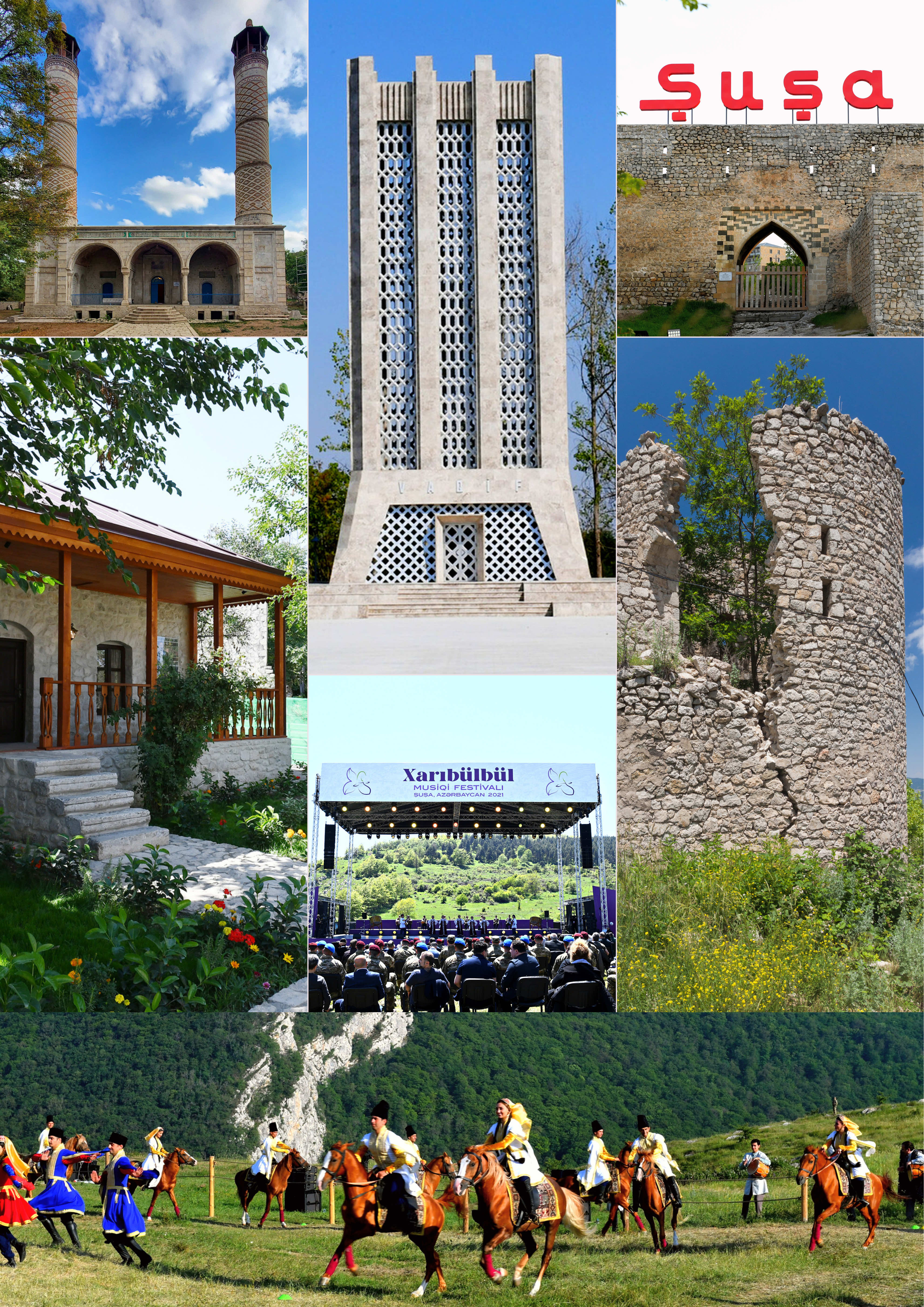
Shusha City Day
Shusha is one of the rare and unique pearls of urban culture of Azerbaijan, which has an ancient history. The city is located 373 km from Baku, 11 km from Khankendi, at an altitude of 1400 m above sea level, on a mountain plateau surrounded on three sides by cliffs. Shusha has a rich and glorious historical past. This is the center of the district of the same name. Shusha is a symbol of the historical traditions of the Azerbaijani people - one of the oldest settlements included in the sphere of the ancient Khojaly-Gedabay culture (II half of the second millennium - beginning of the first millennium BC). In the 18th century, independent khanates were formed on the territory of Azerbaijan.
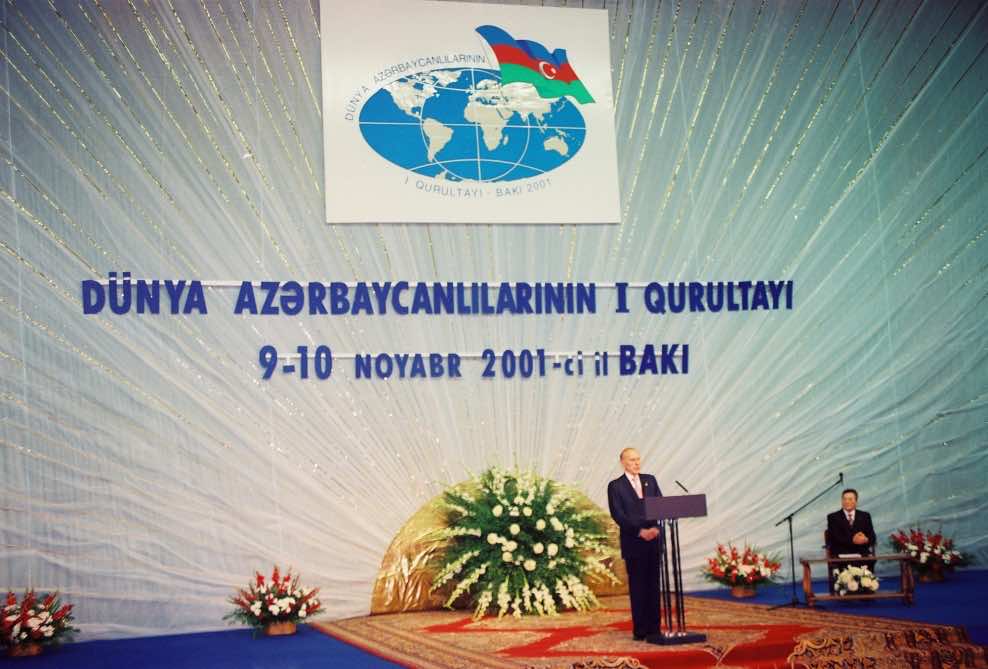
The First Congress of World Azerbaijanis
The independent Azerbaijan Republic has historically served as a source of national pride, moral support, and a place of confidence for our compatriots settled in various countries due to diverse socio-political and cultural processes. The Azerbaijani state highly values the potential and role of the global Azerbaijani community in strengthening our independence. It places significant importance on the organized efforts of our compatriots living abroad and fellow citizens in addressing various challenges in building an independent state, particularly in enhancing our country's international reputation.
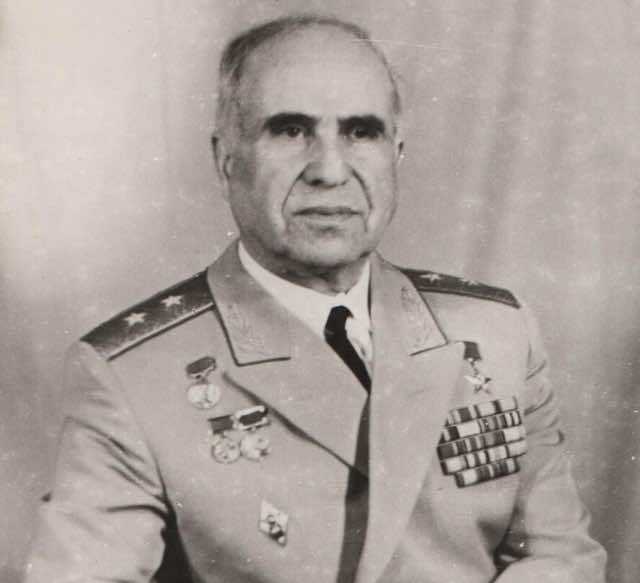
General Karim Karimov
Karim Karimov, who played an unparalleled role in developing space science and technology in Azerbaijan, was born in Baku on November 14, 1917, into a family of engineer-technologist. His father, Abbasali, studied technical sciences in Saint Petersburg and, upon returning to Azerbaijan, worked in the oil industry. His mother, Surayya Haji Asadulla gizi Karimova (Ahmadova), was one of the first graduates of the girls' school in Baku, built by philanthropist Z. Taghiyev. His grandfather, the prominent public and political figure Haji Asadulla Haji Ahmad oglu Ahmadov, served as a member of the Republic's Parliament based on the law establishing the Parliament (November 19, 1918).
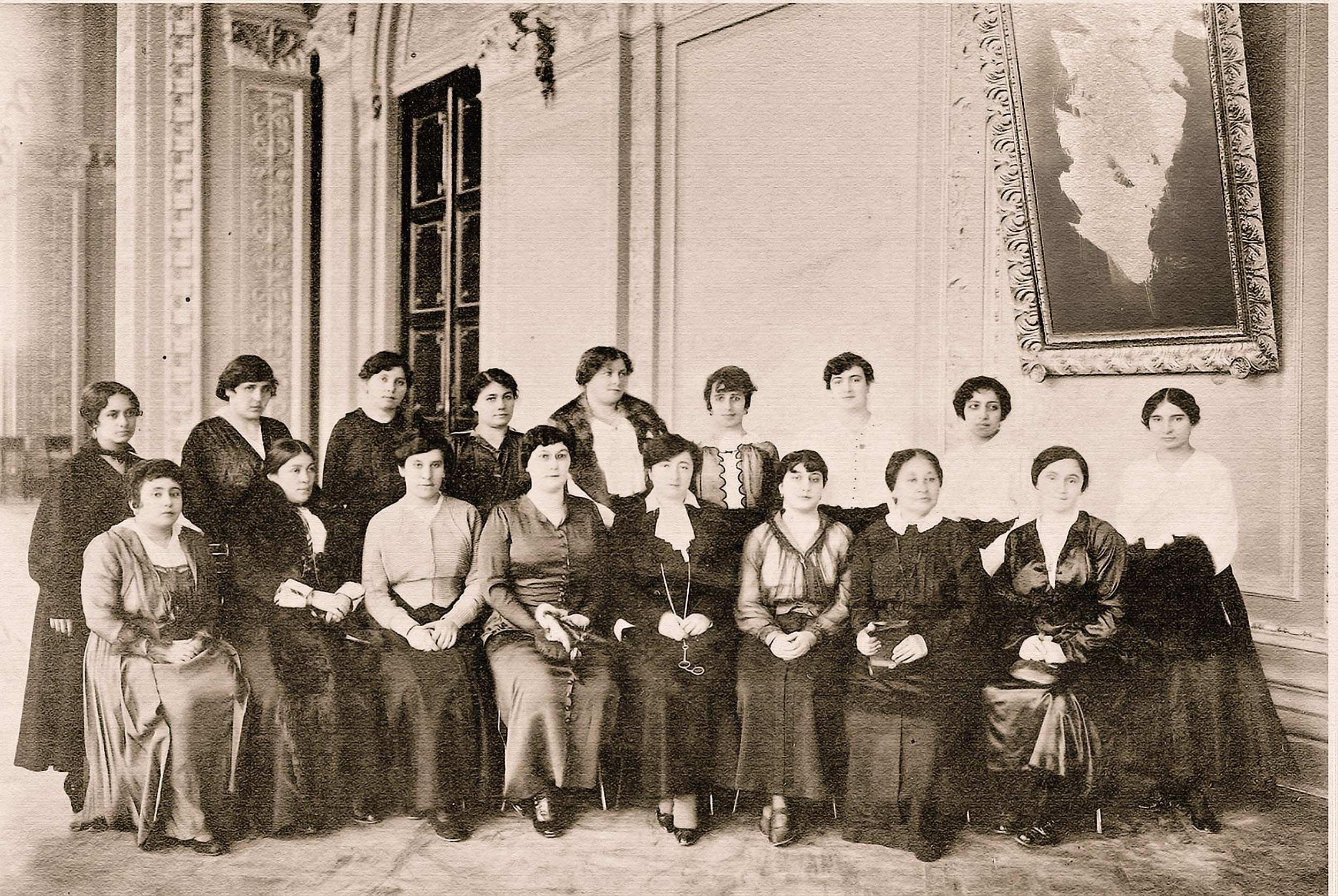
Establishment of the Baku Muslim Women's Charity Society
The Baku Muslim Women's Charity Society was a non-governmental organization established to provide charity support to children who had lost their parents, low-income families, and refugees. Rahila Hajibababeyova, an active education promoter, founded the society. M.S. Taghiyeva was elected chair of its board, Rahila Hajibababeyova vice-chair, Amina Aghayeva secretary, and Pari Topchubashova treasurer. In addition to charity, promoting literacy and enlightenment among Muslim women and providing financial assistance to students became the society’s primary mission.
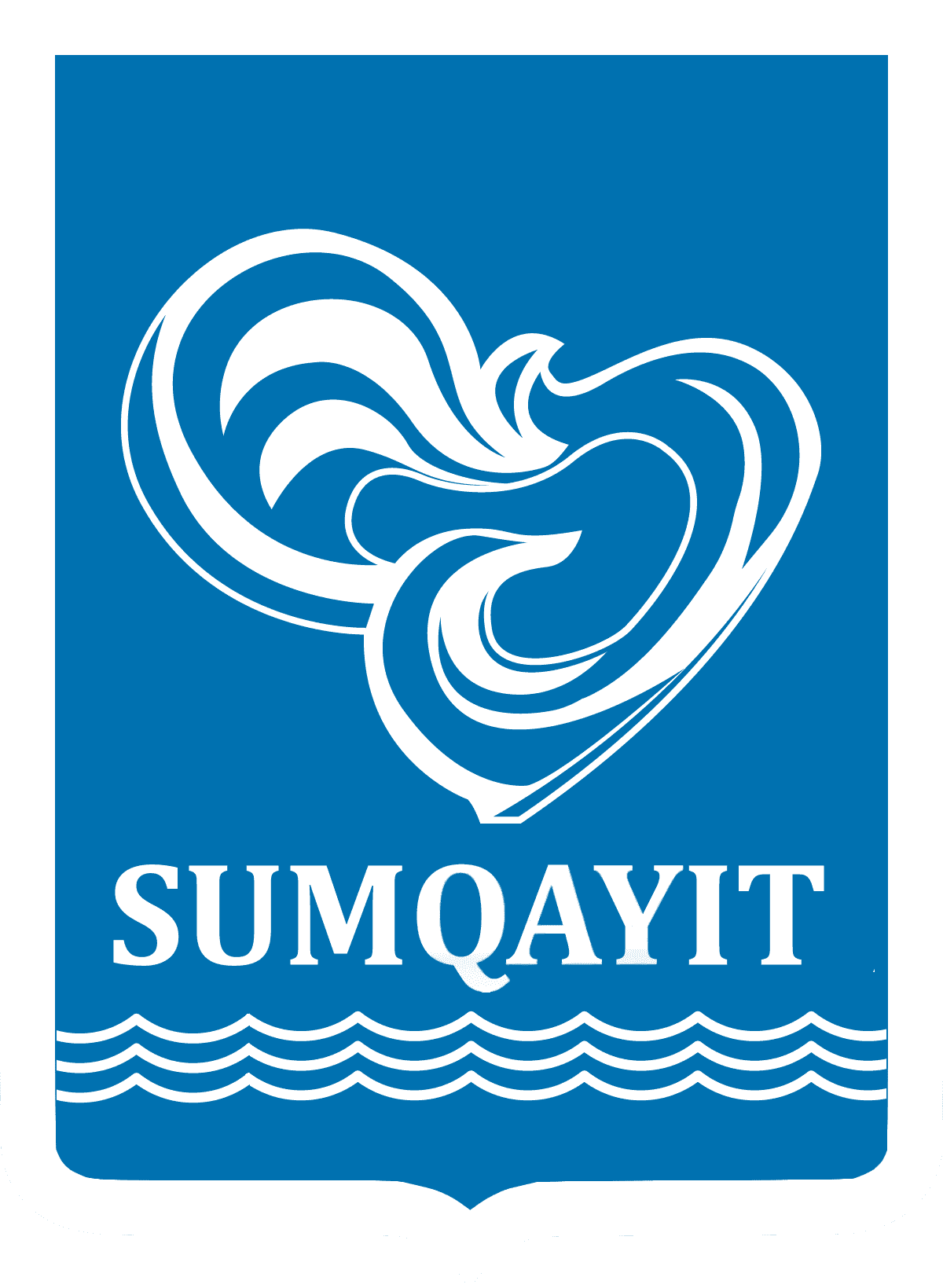
Establishment of the city of Sumgait
The city of Sumgait is located on the western coast of the Caspian Sea, at the mouth of the Sumgait River, on a plain. It is the 3rd largest city in the republic. Sumgait was first mentioned in historical sources by the English traveler Burrough in 1580. In the 30s of the 18th century, the German traveler Lerks reported the existence of a flowing river on the territory of present-day Sumgait and the existence of a stone bridge across it. However, starting from the mid-30s of the 20th century, when the implementation of a large-scale industrialization policy began in the former USSR, the formation of a large industrial center and the Sumgait industrial center's creation fell upon Azerbaijan.
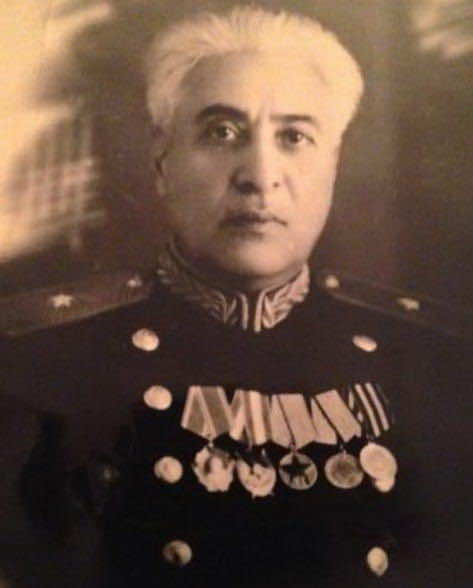
General Tarlan Aliyarbeyov
Aliyarbeyov Tarlan bey Abdullah bey oghlu was born on November 28, 1892 in the village of Aghsu in the city of Shamakhi in a noble family. In 1908, Tarlan Aliyarbeyov graduated from a six-year city school in Shamakhi and voluntarily went to the army as an infantryman. In 1911, T. Aliyarbeyov, a soldier of the 3rd Caucasian Infantry Regiment, was sent to study at the Mikhailovsky Military Infantry School in Tbilisi. Tarlan bey, who was one of the best students during his 4-year education, successfully mastered all subjects, graduated from the military school with a first-degree diploma and began serving in the 205th Rifle Regiment in Shamakhi with the rank of second lieutenant.